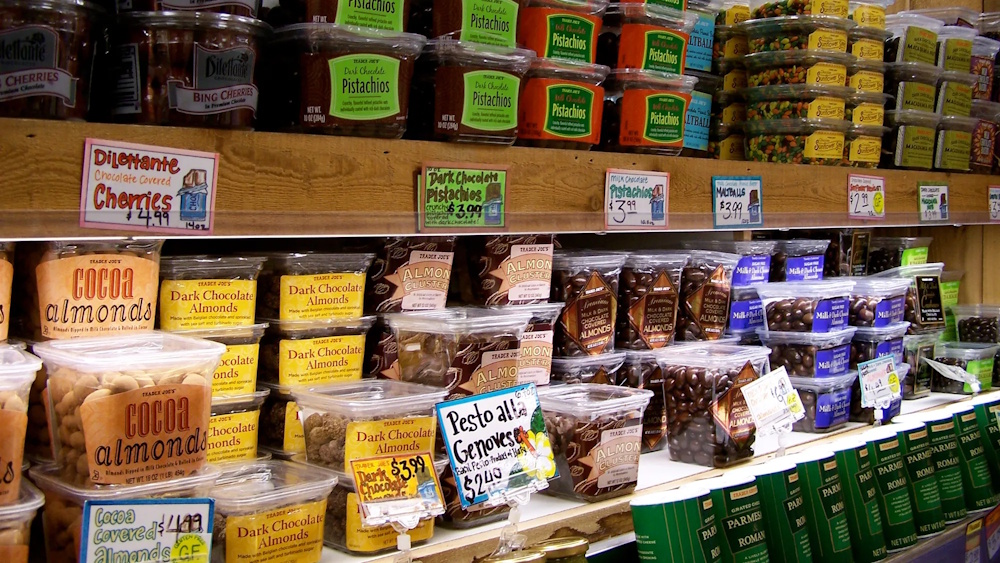
This year’s winter heating expenses could evoke concern among numerous Americans. The anticipated expense for maintaining warmth in residences is projected to increase by an average of 7.6%, reaching $976 this season. The increase is attributed to rising electricity and natural gas prices, along with predictions of a slightly colder winter ahead. The forecast indicates that numerous consumers continue to experience financial pressure due to elevated summer electric bills, alongside persistent increases in grocery prices, health insurance, and other necessary expenditures.
The amount of federal assistance available to help individuals manage their utility bills is projected to stay unchanged. The extent of additional costs for Americans this winter is significantly influenced by their heating methods and geographical location. Individuals relying on electric heating will undoubtedly experience significant financial strain, as electricity costs are increasing at double the pace of inflation. These consumers are expected to experience an increase in their bills by an average of 10.2%, bringing the total to $1,205 this winter. Approximately 56 million households utilize electricity for heating, with a significant portion located in the South, where a projected increase of over 21% in this heating method is anticipated. In the meantime, approximately 60 million households utilizing natural gas for heating are expected to incur an average increase of 8.4%, resulting in an overall expense of $693. Residents of the Midwest may experience an average increase of 16.4%, bringing the total to $698.
According to a recent report, over 100 gas and electric utility companies have either increased their rates or are planning to do so for this year or the next. This would impact approximately 81 million electric utility customers and around 28 million natural gas utility customers. Electricity prices are rising due to heightened demand from AI data centers and the necessity to enhance grid infrastructure, among other contributing factors. On August 15, a grocery store in Delray Beach, Florida, showcased its selection of vegetables. Last month, wholesale prices for fresh vegetables experienced a significant increase of 38.9%. Trump has claimed to have resolved inflation. However, there is an upward trend in prices, partially attributable to his policies. Before 2021, winter heating expenses exhibited a degree of stability, the executive director of the association. However, since that time, there has been a significant increase in prices for electric and natural gas consumers, rising by 31% and nearly 27%, respectively, with additional rate hikes anticipated in the future. “Customers should be prepared for this being a new normal,” he stated.
However, individuals utilizing heating oil or propane, which collectively accounts for over 11 million households, are expected to benefit this winter. The anticipated reduction in heating oil prices is projected to be around 4%, bringing the cost down to $1,455, whereas propane is expected to decrease by 5%, resulting in a price of $1,250. The rise in expenses for winter heating and summer cooling occurs while Congress has maintained federal assistance for utility bills at a steady $4 million over the last two years. Lawmakers are suggesting approximately the same allocation for the upcoming fiscal year, commencing on October 1. This divergence has led certain states to reduce their marketing efforts for the Low-Income Home Energy Assistance Program, referred to as LIHEAP, according to Wolfe. “What I’ve observed is a significant decline in outreach efforts due to insufficient funds to adequately serve the incoming population,” he stated. “If they increase their enrollment, they will need to reduce grants.” That represents the underlying tension at play. In Philadelphia, an increasing number of residents are seeking assistance with their utility bills, which facilitates connections between low- and moderate-income clients and energy assistance along with other services.
A significant portion of the population is facing challenges in affording food and other essential expenses, while an increasing number are experiencing unemployment. “We’re busier than ever,” Lanier stated, highlighting that numerous individuals are hundreds — or even thousands — of dollars in arrears on their utility bills. Delaware’s LIHEAP program is preparing for an influx of requests for assistance this winter, following a higher-than-anticipated demand this summer, according to Sofya Mirvis, chief operating officer of the Energy Coordinating Agency, a nonprofit that manages the state’s program. “We are already hundreds of applications in, and the season hasn’t even started yet,” Mirvis stated.

